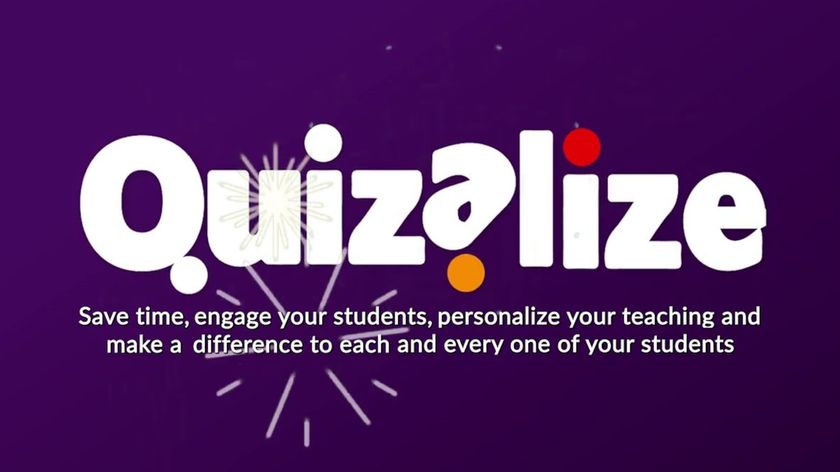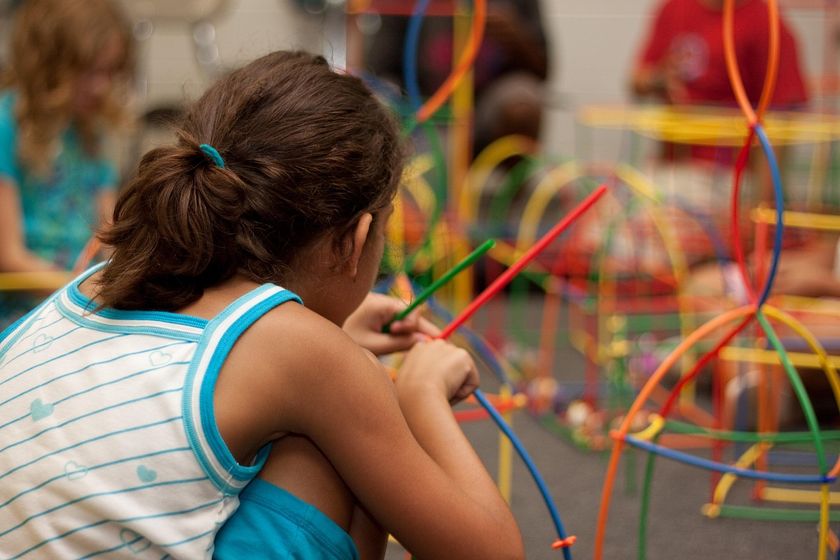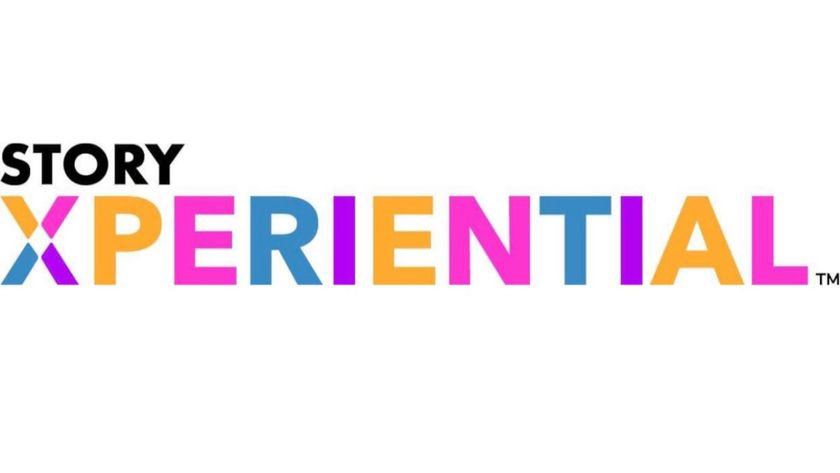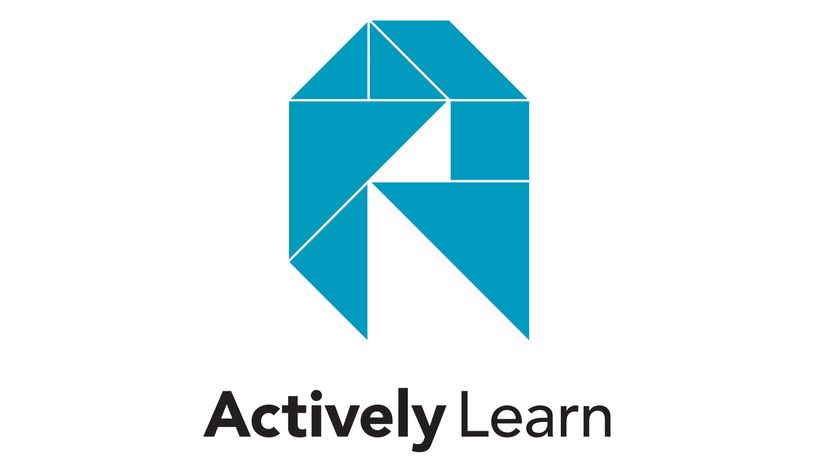Using Technology Differently and 3 Other Ways I've Gotten Better At Class Prep
As a young teacher, I used to focus on the wrong things when it came to prep. Here’s how I’ve changed.

When I started teaching, like most new teachers, I was determined to do a good job. And again, like most new teachers, I was convinced that time + effort = quality.
Over time I've learned that attempting to solve every problem with the “I will work harder” approach isn’t good for anyone, least of all my students. This is particularly true when it comes to prepping.
For example, early on, after thinking a class activity would take longer than it did, I was determined never to be caught flat-footed again and so I filled my slides with more numbers and added more slides, and between slides, I planned specific activities and backups for those activities. Not only was most of this is a waste of time, some of it was counterproductive, confusing students and making the class less fun and more rigid.
Fortunately, I've overcome those bad over-prepping habits and now focus on what really matters when it comes to class preparation. Here's my advice for young teachers looking to avoid making the same mistakes I did.
1. Remember Less is More
This is true in many instances in life but nowhere more so than in the classroom. As teachers, we’re experts in our subject matter and have a lot to say, except no one benefits when we drown our students in words.
To overcome this over-prepping tendency, I focus more thoroughly on the key elements of the topic and anything from my experience or observations that might build on the material students have access to in readings. I make a rough outline of key terms and points I want to make but intentionally don't get too specific.
2. Have A Roadmap But Plan For Detours
The key ideas referenced above give me a roadmap for where I want to start and about where I want to end up during a class session. But I’ve learned to be much less rigid in the itinerary and this allows me to go where students want to go and better respond to their questions.
Tech & Learning Newsletter
Tools and ideas to transform education. Sign up below.
As new teachers, we’re worried about losing control of a class, and although that’s a valid fear, the best way to lose control and interest is to have a rigid class setup that doesn’t accommodate spontaneity.
3. There Are Other Tools Beyond PowerPoint
Linked to my over-prepping early days was my overreliance on PowerPoint and other similar slideshow tools. Even though there are many teachers who make engaging slideshows and can have spontaneous moments between slides. I’m not one of them.
Over the years, I’ve found that my slideshows cause my students to tune out and make me more rigid and less engaging as an instructor. I still like to have the outline of a written path to follow so I don’t end up looking dazed and confused. But now instead of a slideshow, I use good old-fashioned handouts that I let students access through QR codes. For me, this has the benefits of a slideshow as it helps me outline a lesson and gives students something they can go over later to access material, but it is quicker to put together and easier to improvise with during class.
4. Embrace Technology
Even though I’ve gone away from PowerPoint, I incorporate more technology into my classes and presentations than ever before. However, it’s not all about the technology I use these days.
Instead, I have students use their cell phones for various exercises and encourage them to try out various apps I use in my research, including the transcription tool Otter.AI and historical newspaper database Newspapers.com.
I teach in higher ed so I don’t have the same concerns about too much screen time as K-12 teachers might, however, the key here isn’t so much the specific tech, it’s providing time for students to be active. This can be done by having students use their phones for classroom activities, but it doesn't have to involve a phone. I find that when students are active I have the best classes, even if -- and often especially when -- they don't go exactly according to plan.
Erik Ofgang is a Tech & Learning contributor. A journalist, author and educator, his work has appeared in The New York Times, the Washington Post, the Smithsonian, The Atlantic, and Associated Press. He currently teaches at Western Connecticut State University’s MFA program. While a staff writer at Connecticut Magazine he won a Society of Professional Journalism Award for his education reporting. He is interested in how humans learn and how technology can make that more effective.











